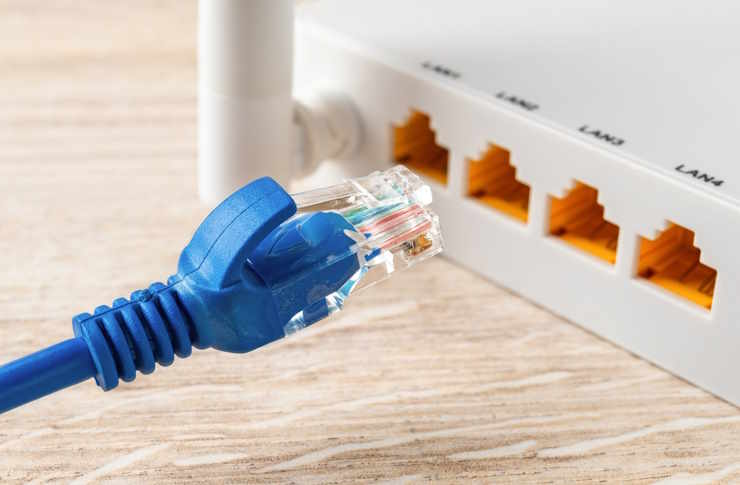Turbocharging Mobile Networks: A Deep Dive Into The World of Carrier Aggregation
What happens when telecommunication networks conspire to make your smartphone even smarter, faster, and more efficient? Enter carrier aggregation, the tech cure for your data bottleneck blues that is revolutionizing the mobile communication renderscape.

Recounting the Tracks: The Genesis of Carrier Aggregation
Born out of the advanced 4G/LTE technology, carrier aggregation has come a long way since its conception. It owes its roots to the LTE Advanced enhancements standardized by 3GPP, a collaboration of telecommunications standards organizations. Initially viewed simply as a way to boost network speeds, pioneering experts quickly realized that it represents a game-changer in the race to optimize and economize data transmission.
The Today Tale: Ongoing Trends in Carrier Aggregation
Carrier aggregation is not a standstill phenomenon. From a single carrier in the initial 4G launch, now artillery of up to five carriers can be simultaneously employed, unlocking herculean speeds up to 1.3 Gbps. Alongside, regulatory bodies like FCC are opening more spectrum bands to aid further development. With sub-6GHz bands and mmWave spectrum utilized for aggregation, we stand on the precipice of a new era of high-bandwidth, low-latency mobile services.
Dealing with the Double-edged Sword: The Impact and Challenges
While carrier aggregation boosts network speeds, it also brings along a set of challenges. Combining different bands results in increased signal complexity and power consumption. Managing these without compromising device efficiency and battery life requires advanced receiver designs and efficient hardware-software integration. Despite these hurdles, the results so far are impressive and confirm the potential that carrier aggregation holds.
Making it Matter: Practical Applications of Carrier Aggregation
Carrier aggregation is not a distant, elusive technology. It is here, tangible in our everyday mobile interactions. The blistering network speeds that allow us to stream high-definition videos, engage in multiplayer gaming, or access data-centric applications owe their credit to this background hero. Especially in densely-populated urban areas, carrier aggregation helps serve the concurrent data needs of thousands with ease and efficiency.
Backing it up: Research Revelations
Numerous studies underline the effectiveness of carrier aggregation in achieving superior network speeds and improved service quality. For instance, a study by Signals Research Group found that carrier aggregation could double the average downlink data rate in real-world network conditions. Another report by Qualcomm demonstrated a 20% improvement in data speeds when carrier aggregation was turned on.
Nurturing a deep and balanced understanding of concepts like carrier aggregation helps us appreciate the transformative journey of telecom systems. Conceptualized as a simple speed-booster, it is now a cornerstone technology enabling always-on, high-quality mobile communications in a data-thirsty digital world. The road ahead is exciting, with the promise of even higher efficiencies and carrier combinations on the horizon.




